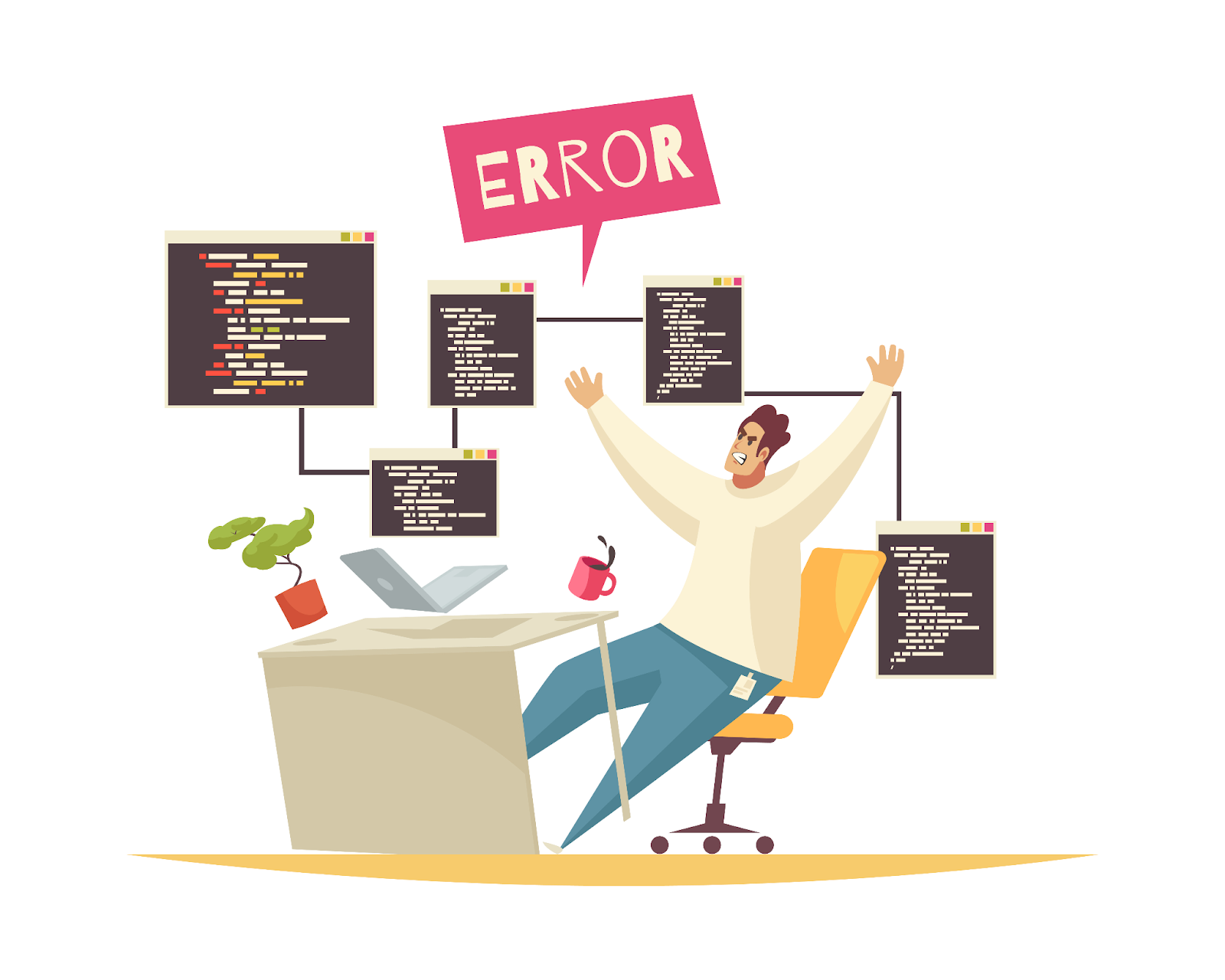Common Challenges and Solutions When Converting Excel Spreadsheets to Web Applications
Excel is often a primary choice for most people and organizations as a tool for managing and analyzing data, planning projects, and monitoring tasks. However, as the requirements of users increased, a lot of people discovered that Excel has a number of drawbacks, particularly in real-time collaboration, integration and adaptability. This is where web applications come in.
Creating a fully functional web application from an excel spreadsheet is far more flexible and can accommodate a far larger data set. But, it is not without the challenges and its obstacles. Let us discover some of the issues arising in this conversion process and how we can address them most efficiently.
1. Data Structure Compatibility Problems
Challenge: Excel data normally has a structure that may not fit into a web application as it is. For example, Excel has a fairly simple tabular type, however, not all databases or web app frameworks accept this format. When there are additional numeric formats, combined with complex formulas and custom number formatting, the conversion process can be made more challenging.
Solution: To prepare Excel data for web application conversion, start with data normalization or make it uniform. Then make the spreadsheet easy to understand including; erasing of all unnecessary formatting and the deletion of all the columns and rows that are not required. Once your data is well-organized, you can use the platforms like Sheetcast.com, which can directly convert it into a web application, preserving the familiar Excel layout while enhancing it with web-based functionality, making the transition easier and more efficient.
2. Limited Formula and Function Support
Challenge: Excel has numerous functions and formulas that people need for calculations and for manipulation of data. Not all of these functions are supported when converting to a web application. For instance, some specialized financial or statistical algorithms may not render well on the web and therefore produce broken calculations.
Solution: Determine which of the formulas used in your spreadsheet are crucial. Some of them will require you to create these functions again using programming languages such as JavaScript or Python that allow you to include custom calculations in web applications.
This process can be helped with libraries such as JavaScript’s Math.js as they provide a huge number of pre-defined functions. Also, most of the web frameworks come with plugins or modules that assist you in performing complex calculations, thereby allowing you to retain the type of functionality you have been using in your spreadsheet.
3. Ensuring Data Security
Challenge: With Excel data is kept on individual computers or in a closed network and hence it is relatively secure. However, this data when transferred to a web application has the following risks of being compromised; accessed by unauthorized persons, stolen, exposure to hackers.
Solution: Security should be one of the first things that need to be addressed, starting with strong authentication and encryption. It is advised to use HTTPS for secure data transfer and 2FA for more security.
Also, store all other data in a secure database and conduct security audits as often as possible to note the areas that require improvement. For the productivity-oriented tools, you can check Productivity resources in order to learn how the data can be shielded and processed efficiently in order not to endanger the security.
4. User Interface Challenges
Challenge: The layout of Excel is a grid, which is easy to understand to users of the Excel as well as for inputting and viewing data. However, web applications often have more complex user interfaces which may be confusing for a user if it is not designed well. Since users of Excel are used to a particular format, they may have a hard time when the layout changes.
Solution: Simplicity is a strong recommendation when designing a web app and the best approach is try to mimic the familiar layout of Excel as closely as possible especially in areas of the web app that are critical like features.
Choose something that supports a responsive and user-friendly design; two good options are React or Vue.js if you’re building an interface. Use custom forms or tables that mimic the grid format of Excel to ensure that the users do not struggle with the new interface.
5. Limited Real-Time Collaboration
Challenge: Excel files are used in many cases as read-only files, and they can be edited only by one user at a time, which means that it is not suitable for efficient cooperation. Web applications, however, support multi-user data editing, which means that many users can work with the same data at the same time. To make this shift there are technical changes that need to be made and the users will be confused at first.
Solution: Integrate current and real-time collaboration tools into your web application. Most frameworks such as Firebase for real-time database solutions allow several users to work on the same data simultaneously. Some of the real-time data synchronization support services include Google’s Firestore real-time database. Make sure you put in place measures that will help you avoid overwriting your files accidentally and provide user guides or tutorials for your team to ease the transition to this new way of working together.
6. Difficulty in Handling Large Data Sets
Challenge: Excel is best suited for working with small-sized data sets, although when the data volume is increasing, It becomes very slow. Web applications, on the other hand, can work with larger volumes of data, but it requires some some setup to achieve such results.
Solution: Make use of a scalable db system such as MySQL, PostgreSQL, and NoSQL databases such as MongoDB for they are developed to work well with large databases. Pagination and indexing may also be used in the application to help increase the rate of data retrieval to enhance the experience of the users.
7. High Development Costs and Technical Expertise
Challenge: Converting an Excel spreadsheet into a web application can be expensive as it involves programming and database, web design and security skills. The technical skills necessary to undertake this change are beyond the reach of most users, and hiring experts can be so expensive.
Solution: If you want to reduce the cost, then it will be better to use low-code or no-code platforms for creating web applications. Tools like Sheetcast provide a particularly Excel-friendly approach by enabling users to create web applications directly from spreadsheets without requiring extensive coding knowledge.
Those with more extensive budgets will benefit from the fact that they do not have to hire a professional development team because specific tasks can be assigned to individual freelancers, it can keep costs down.
Conclusion:
Moving from Excel to a web application can be a major improvement in efficiency, collaboration, and scalability. However, one must be thoughtful about the various challenges that one might need to face during the transition. There are areas such as data structure compatibility, formula support, and data security which if you tackle, you will be able to make the conversion process more successful.
Use of tools such as low code platforms, real-time databases, and server solutions will not only reduce time but also build a strong web application as per the requirement. With the right approach and resources, your team can enjoy the benefits of a web application without the feeling of being unfamiliar with the application.
.







